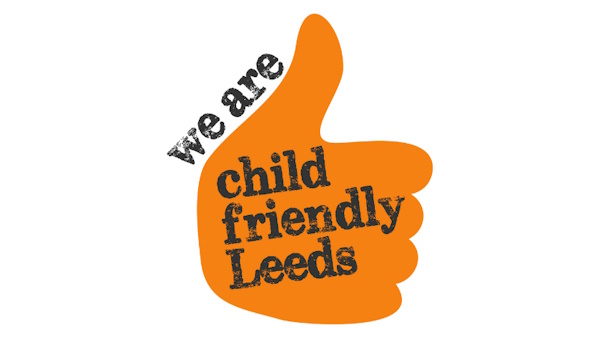What is coercive control?
Coercive control or controlling behaviour is a common feature in abusive relationships. It can include domination without acts of violence and usually involves a range of financial, emotional and other forms of pressure designed to control and dominate an intimate partner (or ex-partner). Victims report that coercive control can be more damaging than physical abuse and can greatly undermine their confidence and self-esteem.
The Domestic Abuse Act 2021 states that the behaviour of one person to another person is domestic abuse if a) both people are aged 16 or over and are personally connected to each other, and b) the behaviour is abusive. Behaviour is abusive if it contains any of the following: a) physical or sexual abuse; b) violent or threatening behaviour; c) controlling or coercive behaviour; d) economic abuse; and/or psychological and/or other abuse. It does not matter whether the behaviour consists of a single incident or a course of conduct(Domestic Abuse Statutory Guidance 2022).
Coercive control is a significant indicator of risk to life, especially after a relationship has ended and has featured highly in Domestic Homicide Reviews in Leeds. Many victims may not initially recognise that they are experiencing coercive control. The behaviour often develops gradually and can be normalised within the relationship, making it difficult to identify. Practitioners should be aware that individuals may describe their experiences without using the term ‘abuse’ and may not realise that what they are living through is a criminal offence.
What is the coercive control offence?
Victims who are subjected to sustained patterns of domestic abuse can seek protection under the Coercive Control Offence in Section 76 of the Serious Crime Act 2015 which came into force on 29th December 2015. The 2015 Act defined ‘personally connected’ people as people who are/ were intimate partners or family members and who live together. The 2021 Domestic Abuse Act updated this definition to remove the co-habitation requirement and extend the definition to include post-separation abuse and familial abuse where the victim and perpetrator do not live together.
The offence of coercive or controlling behaviour is applicable where:
- The victim and perpetrator are personally connected when the behaviour takes place;
- The behaviour has had a serious effect on the victim;
- The behaviour takes place repeatedly or continuously; and
- The perpetrator must have known that their behaviour would have a serious effect on the victim, or the behaviour must have been such that he or she “ought to have known” it would have had that effect.
(definition taken from the Controlling or Coercive Behaviour Statutory Guidance 2023)
The offence means that victims who experience extreme psychological and emotional abuse can see the perpetrators brought to justice. The offence carries a maximum of five years' imprisonment, a fine or both. When looking at cases, prosecutors look at the overall effect the controlling and/or coercive behaviour has had on the victim. The consideration of the cumulative impact of controlling and coercive behaviour and the pattern of behaviour within the context of the relationship is crucial.
Practitioners should talk to people they are working with about the seriousness of coercive behaviour, the fact that it is a criminal offence and where appropriate help them to access relevant support. This may include assisting them to contact the police to report a crime.
What kinds of abusive behaviour might be taking place?
This type of abuse in an intimate or family relationship can include a pattern of threats,humiliation and intimidation. This behaviour can include:
- Stopping or changing the way someone socialises;
- Controlling their social media accounts;
- Limiting access to family, friends and finances;
- Dictating what they wear;
- Monitoring a person via online communication tools e.g. tracking apps on mobile phones; and
- Repeatedly putting them down such as telling them they are worthless and humiliating and embarrassing the victim.
Further information
For more information, you can read the Home Office controlling or coercive statutory guidance framework (2023).
You can also look for more information on the Leeds City Council domestic violence and abuse webpage.
Other one minute guides on subjects related to domestic violence and abuse are available:
Domestic violence and abuse; domestic violence disclosure scheme; domestic violence and abuse - school notifications; domestic violence and abuse in young people’s relationships;front door safeguarding hub; and Leeds Domestic Violence Service (LDVS).
Printable version
